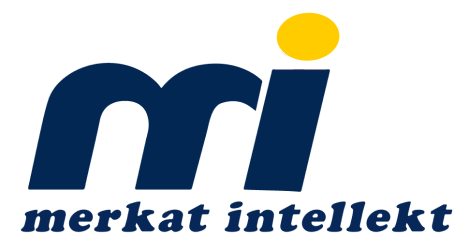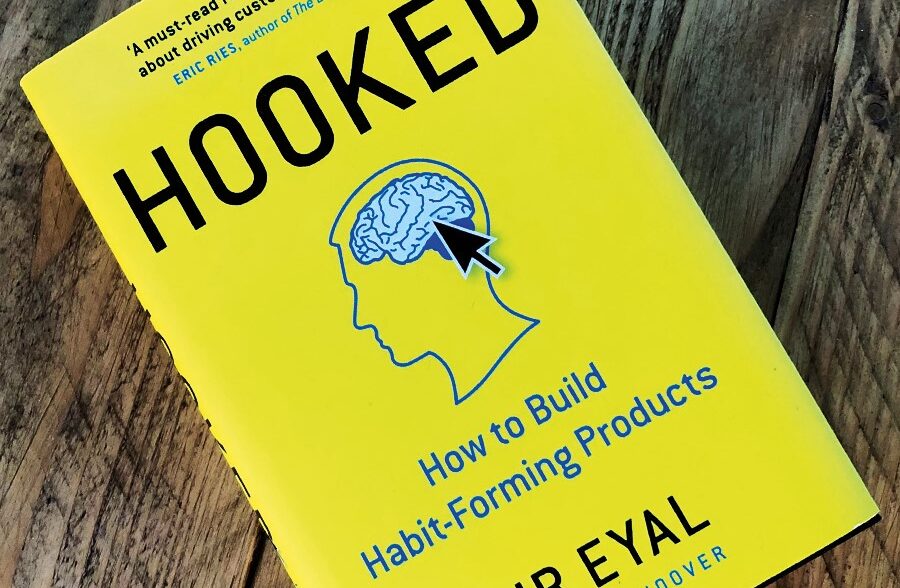According to stats from King Online University, we tap, swipe or click on our phones 2,617 times a day. Our mobile phone is irresistible. We unlock it more than 150 times a day, open our favorite social media tool – Facebook, Instagram, Twitter or WhatsApp – incessantly.
We can’t hold ourselves from touching our phones for even a moment. Most of us lay in bed scrolling through our Instagram feed at night even though we’re tired. Our smartphones are so addictive that many people have lost control over themselves and become addicted to their devices.
What do the big media corporations know about our brains that make us behave like this? This is where Nir Eyal comes into play. He has developed what he calls the “Hook Model”, which helps you understand why we keep going back to our apps repeatedly.
Once we understand the Hook Model, we can apply the same psychological principles that multi-billion dollar conglomerates use to make their products irresistible to build our own apps and software that could hook our users and make them come back again & again.
Welcome to “Hooked: How to Build Habit-Forming Products”
Something happens on the device that makes you want to interrupt yourself and go back to the application. It could be a notification flash, ding, vibration, call or an incoming message. Or, since you’re habituated so much, you automatically reach out to your phone and open the app – to see if there’s anything new. This is the first part – the Trigger. The trigger can be either external or internal.
Reflect on all the triggers that your favorite time-killer app has. Next time, before you reach out to your phone, take a pause, become curious and find out what made you seek your phone.
Once you open the app, what do you do? You either open the inbox, press the like button, scroll the Instagram / YouTube feed and so on. You take some tiny, effortless action hoping for a reward like getting likes, seeing a video that could take your mind off a challenging task, a post from your friend, your friend’s comment on another group you’re a part of, etc. That’s the second component of the hook model – The Action.
You might think that these two components don’t matter as long as you’ve got something exciting happening inside the app. But here’s the thing; when you look closely, most applications only offer one type of reward. They give you nothing but positive reinforcement. So after opening the app, you immediately start looking forward to the next interaction. And then another. And another. Your mind is getting primed always to seek the next thing.
Here’s the kicker: your feeds could always be unpredictably surprising. You can’t say exactly what’s coming up next. You’re always wondering. You’re always ready for a pleasant surprise. You’ve just learned about the third critical component – the Variable Rewards.
At the heart of craving, there is a powerful cognitive quirk described by B.F Skinner in the 1950s. The mice would press the lever, and sometimes they’d get a small treat. Other times they’d get large treats, and other times nothing. Unlike the mice that got the same treat every time they pressed the lever, the mice that got variable rewards seemed to press it compulsively.
This is precisely what keeps gamblers glued to slot machines. When they win, they feel good. When they lose, they feel bad. In between, they are constantly seeking the next hit.
So far, we have talked about the three main components of the hook model – the trigger, the action and the reward. Fittingly enough, these social apps are sometimes called “gamification” because they use game mechanics to keep users hooked.
Once we’re hooked, what do we do? Spend our precious energy, time, reputation or even money to improving the system in hopes that we are better off in our future interactions with the system. Consider the onboarding examples of Pinterest, Facebook or LinkedIn. In the case of Facebook, we’re asked to connect our contacts list to easily connect with our friends who are already using the platform.
Once connected, we’re given access to groups where people share interests and activities. If we join any of those groups, we gain access to exclusive content. These actions lead us to more content and information in line with our interests. This is the fourth component of the hook model — the Investment.
This cycle continues and makes us want to optimize our engagement constantly. This is when we become hooked on to the service. Users log in to their platform frequently, take small actions and engage with the platform to improve it constantly, and voluntarily bring in more users like them. Isn’t this a product manager’s delight?
Won’t you want to put your app or product in such a state? Wouldn’t you love to create an experience that hooks customers into wanting to come back again and again? It sounds too good to be true. Well, if that’s not the case today, here’s the secret recipe…
In Chapter 6 of the book, Nir Eyal presents five questions that will show us the way to build a product that hooks users:
- What do users want? What pain is your product relieving? (Internal trigger)
- What brings users to your service? (External trigger)
- What is the most straightforward action users take in anticipation of reward, and how can you simplify your product to make this action easier? (Action)
- Are users fulfilled by the reward yet left wanting more? (Variable reward)
- What “bit of work” do users invest in your product? Does it load the next trigger and store value to improve the product with use? (Investment)
We can take each of the questions above and apply them to our products. Let’s start with question 1. What does my user want? The answer may not always be evident at first glance but once we dig deeper, we may find out that something else is going on behind the scenes. For example, if we were building an invoicing app, then we might ask ourselves, “What problem am I solving here? It could be helping people get paid on time or, at a higher level, it could be helping people make more money”.
As for actions and rewards, you could have your users enter the names and URL’s of their clients and in turn, your app could give project ideas to pitch a few clients, depending on their business category and website sections.
Do the process from start to finish, until you get the perfect combination to hook your Users, and we bet you would have built a product that’s worth signing up for, engaging and making a ton of revenues for all the stakeholders.

